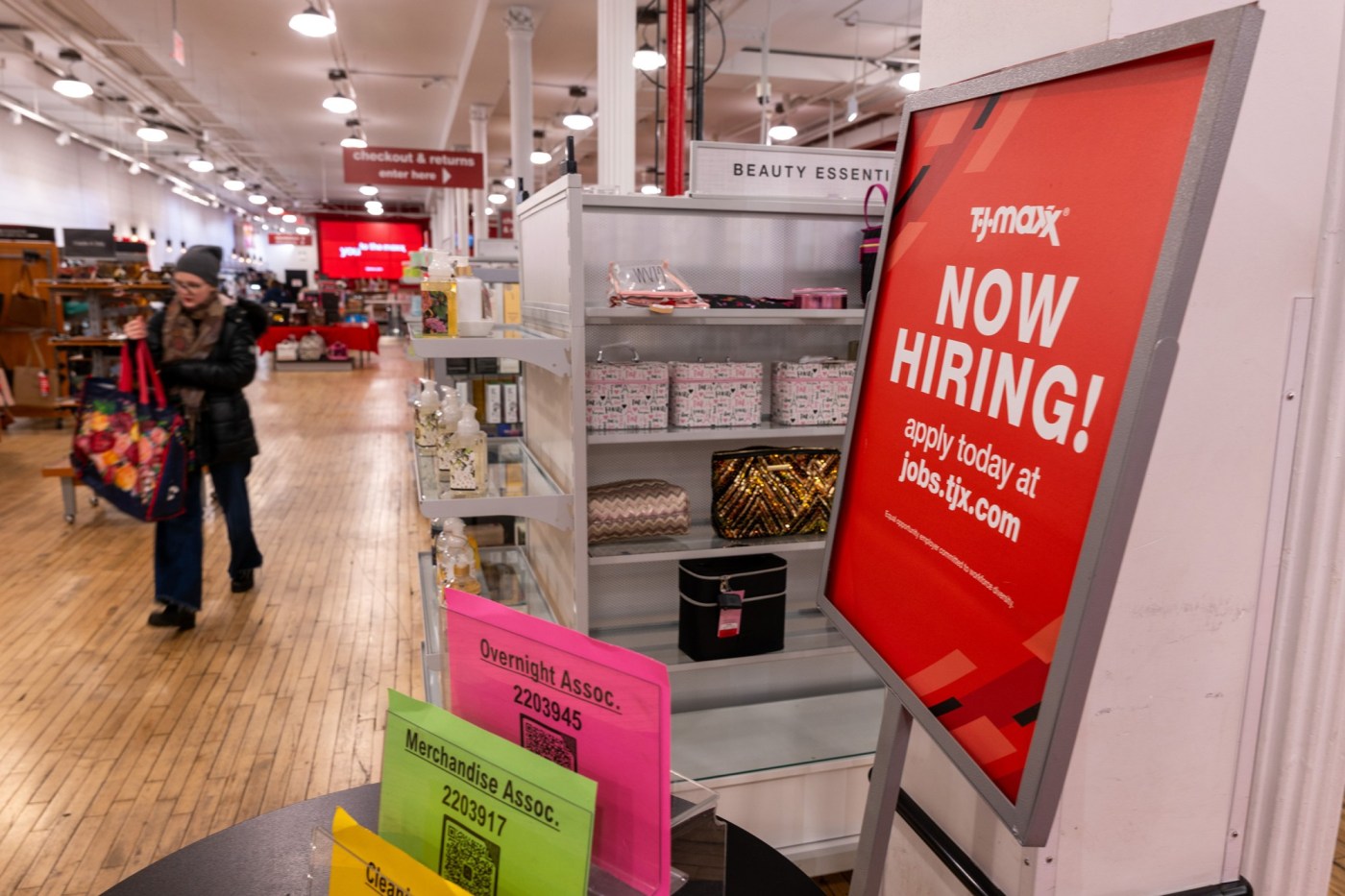
U.S. adds 206,000 jobs in June, unemployment rate rises to 4.1%
America’s employers delivered another healthy month of hiring in June, adding 206,000 jobs and once again displaying the U.S. economy’s ability to withstand high interest rates.
Last month’s job growth did mark a pullback from 218,000 in May. But it was still a solid gain, reflecting the resilience of America’s consumer-driven economy, which is slowing but still growing steadily.
Still, Friday’s report from the Labor Department contained several signs of a slowing job market. The unemployment rate ticked up from 4% to 4.1%, a still-low number but the highest rate since November 2021. The rate rose in large part because 277,000 people began looking for work in June, and not all of them found jobs right away.
The government also sharply revised down its estimate of job growth for April and May by a combined 111,000. And it said average hourly pay rose just 0.3% from May and 3.9% from June 2023. The year-over-year figure was the smallest such rise since June 2021 and will likely be welcomed by the Federal Reserve in its drive to fully conquer inflation. Most economists think the Fed will begin cutting its benchmark rate in September, and the details in Friday’s jobs report did nothing to counter that expectation.
Just two sectors — government and a category that includes healthcare and social assistance, neither of which captures the economy’s underlying strength — accounted for roughly three-quarters of June’s job growth. Economists also noted that job growth from April through June averaged 177,000, a decent figure but still the lowest three-month average since January 2021.
Other economists, while agreeing that the job market is slowing, suggested that it remains resilient.
“Both May and June hiring was above 200,000 even after revisions, and the trajectory looks stable,” said Eric Winograd, U.S. economist at AllianceBernstein. “The best available evidence is that the labor market remains strong and that any deceleration remains modest.”
Economists have been repeatedly predicting that the job market would lose momentum in the face of the high rates engineered by the Fed, only to see the hiring gains show continued strength. Still, signs of an economic slowdown have emerged in the aftermath of the Fed’s series of rate hikes. The U.S. gross domestic product — the total output of goods and services — grew at a lethargic annual pace of 1.4% from January through March, the slowest quarterly pace in nearly two years.
Consumer spending, which accounts for about 70% of all U.S. economic activity and which has powered the expansion the past three years, rose at just a 1.5% pace last quarter after growing more than 3% in each of the previous two quarters. In addition, the number of advertised job openings has declined steadily since peaking at a record 12.2 million in March 2022.
During 2022 and 2023, the Fed raised its benchmark interest rate 11 times to try to conquer the worst streak of inflation in four decades, lifting its key rate to its highest point in 23 years. The punishingly higher borrowing rates that resulted, for consumers and businesses, were widely expected to trigger a recession.
They didn’t. The economy and the job market instead have shown surprising resilience.
Related Articles
St. Paul minimum wage hikes take effect for small and ‘micro’ businesses
Business People: Target Corp. announces C-Suite promotions
Working Strategies: Independence Day and New Year’s resolutions
Business People: Eagan attorney Alex Webb wins Army Corps of Engineers award
Working Strategies: Land or Launch: Should 20 somethings be living at home?


